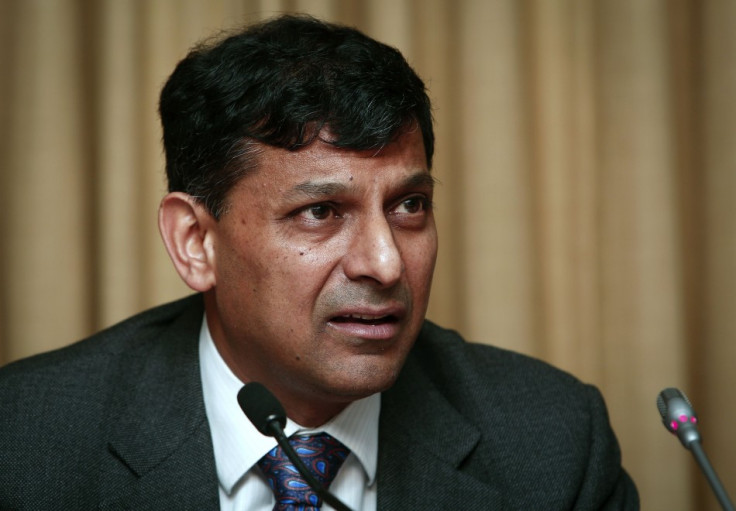India's Central Bank Eases Policy Rate on Rupee's Strength

India's central bank has unexpectedly cut a benchmark interest rate in a bid to improve liquidity in the financial market, reversing from its earlier tightening measures in line with the rupee's weakness.
The Reserve Bank of India (RBI) lowered the marginal standing facility (MSF) rate - the rate at which scheduled banks borrow funds overnight from the RBI against government securities - by 50 basis points to 9%.
The MSF rate is currently the effective policy rate, instead of the traditional repo rate. MSF determines monetary conditions in India, as the central bank drastically reduced the lending amount via repo operations.
In September, the bank lowered the MSF rate by 75 basis points to 9.5% while raising the repo rate by 25 basis points to 7.5%.
The RBI also introduced lending to banks for seven days and 14 days under the MSF facility, instead of the current practice of just a day.
"This cut is another step in the process of reversing the liquidity-tightening measures implemented to stem downward pressure on the rupee; and to simplify India's monetary policy framework," said Roland Randall, economist at ANZ Research.
Stable Rupee
India's currency has previously suffered following fears about the US paring its bond buyback programme.
The rupee plunged to an all-time low of 68.80 against the dollar in August. It has fallen 16% against the dollar in the past 12 months, making it one of worst performing major currencies in Asia.
Promises by newly-appointed Reserve Bank of India head, Raghuram Rajan, and a delay in the US stimulus tapering have strengthened the currency.
The US dollar was trading at 61.65 rupees as at 6:00 am GMT, down 0.24%.
Rajan has undertaken liquidity tightening measures since July to fight the currency slide. The latest policy rate cut indicates the beginning of a gradual unwinding of tight liquidity by the central bank, which appears quite satisfied with the current level of the rupee.
'Hawkish Stance on Inflation'
The country's headline inflation is still at stubborn high levels and the economy remains vulnerable to external headwinds.
"The RBI under new governor Rajan appears to be taking a more hawkish stance with regard to inflation," Randall said.
"Inflation is likely to have eased in September, though this is a brief window between the departure of monsoon-related food price increases and the arrival of exchange rate-related price inflation for fuel and other imports."
Some analysts opine that a complete reversal of the previous policy tightening is unlikely, despite the continued weakness of the economy, given the inflation level and the uncertain outlook for the rupee.
"The upshot is that we expect the full removal of the 'exceptional measures' still to leave policy somewhat tighter than it was a few months ago. It is important to remember that India's economy was already struggling well before the financial turmoil that prompted the introduction of these measures," said Mark Williams at Capital Economics.
"As long as policy remains relatively tight, a significant rebound in the economy remains unlikely."
© Copyright IBTimes 2025. All rights reserved.






















